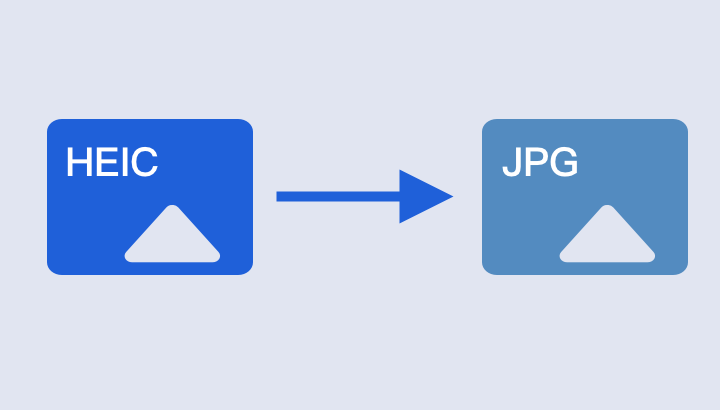Deermorphos’ ovoid shape and rocky surface strewn with boulders finally came into view in the last few moments before the DART hit.
NASA said Tuesday it had successfully deflected an asteroid in a historic test of humanity’s ability to stop an approaching space object from destroying life on Earth.
The refrigerator-sized Double Asteroid Redirection Test (DART) intentionally slammed into the lunar asteroid Dimorphos on Sept. 26, sending it into a smaller and faster orbit around its big brother Didymas, NASA Administrator Bill Nelson said.
“DART reduced the orbit time from 11 hours 55 minutes to 11 hours 23 minutes,” he said. Dimorphos’ Acceleration orbital period by 32 minutes, beating NASA’s own expectation of 10 minutes.
“We showed the world that NASA is serious about protecting this planet,” Nelson added.
A pair of asteroids orbits our Sun every 2.1 years and poses no threat to our planet.
But they are ideal for learning the “kinetic strike” method of protecting the planet if an approaching object is ever detected.
DART’s success as a proof-of-concept made science fiction a reality—particularly in movies like Armageddon and Don’t Look Up.
Astronomers rejoiced at the stunning images of the matter spreading thousands of miles after the impact—images collected by ground-based and space-based telescopes, as well as by a minisatellite that traveled to the area using DART.

This image shows the last complete image of the lunar asteroid Dimorphos taken by the DRACO camera on NASA’s Dual Asteroid Redirect (DART) mission from about 7 miles (12 kilometers) from the asteroid and 2 seconds before impact.
Pseudocomet
Thanks to its temporary new tail, Dimorphos, which is 530 feet (160 meters) in diameter, or about the size of the Great Pyramid of Egypt, has become an artificial comet.
But quantifying how well the test worked required analysis of light from ground-based telescopes, which became apparent weeks later.
The binary asteroid systemwhich was about 6.8 million miles (11 million kilometers) from Earth at the time of the collision, visible only as a single point from the ground.
Ahead of the test, NASA scientists said the results of the experiment will show whether the asteroid is a hard stoneor more like a “junk heap” of boulders bound together by mutual gravity.
If the asteroid is harder, the momentum transmitted by the spacecraft will be limited. But if it is “fluffy” and a significant mass is stuffed high speed there will be an additional impulse in the direction opposite to the impact.

Both Webb and Hubble observed the asteroid before and after the collision.
Never before photographed, Dimorphos appeared as a patch of light about an hour before impact.
Its ovoid shape and rocky, boulder-strewn surface finally became visible in the last few moments as DART hurtled toward it at about 14,500 miles (23,500 kilometers) per hour.
Mass extinction
Very few of the billions of asteroids and comets in our solar system are considered potentially dangerous to our planet, and they are not expected to be in the next hundred years.
But wait long enough and it will happen.
Geological records show, for example, that a six-mile-wide asteroid slammed into Earth 66 million years ago, plunging the world into a long winter that led to the mass extinction of the dinosaurs along with 75 percent of all species.
In contrast, an asteroid the size of Dimorphos would only cause a regional impact, such as the destruction of a city.

This handout photo obtained by the Italian space agency LICIACube shows the intentional collision of NASA’s Dual Asteroid Redirect Test (DART) mission with the target asteroid Dimorphos.
Kinetic impact by spacecraft is only one method of protecting the planet, albeit the only method possible with current technology.
If an approaching object is detected early, a spacecraft can be sent to fly alongside it long enough to change its path with the help of the ship gravitational attractioncreating a so-called gravitational pull.
Another option would be to launch a nuclear explosive to redirect or destroy the asteroid.
NASA believes that the best way to deploy such a weapon would be at a distance to deliver the force without blowing the asteroid apart, which could further endanger Earth.
© 2022 AFP
Citation: NASA Spaceship Deflected Asteroid During Test to Save Earth (2022, October 11) Retrieved October 11, 2022, from https://phys.org/news/2022-10-nasa-spaceship-deflected-asteroid- earth.html
This document is subject to copyright. Except in good faith for the purpose of private study or research, no part may be reproduced without written permission. The content is provided for informational purposes only.






